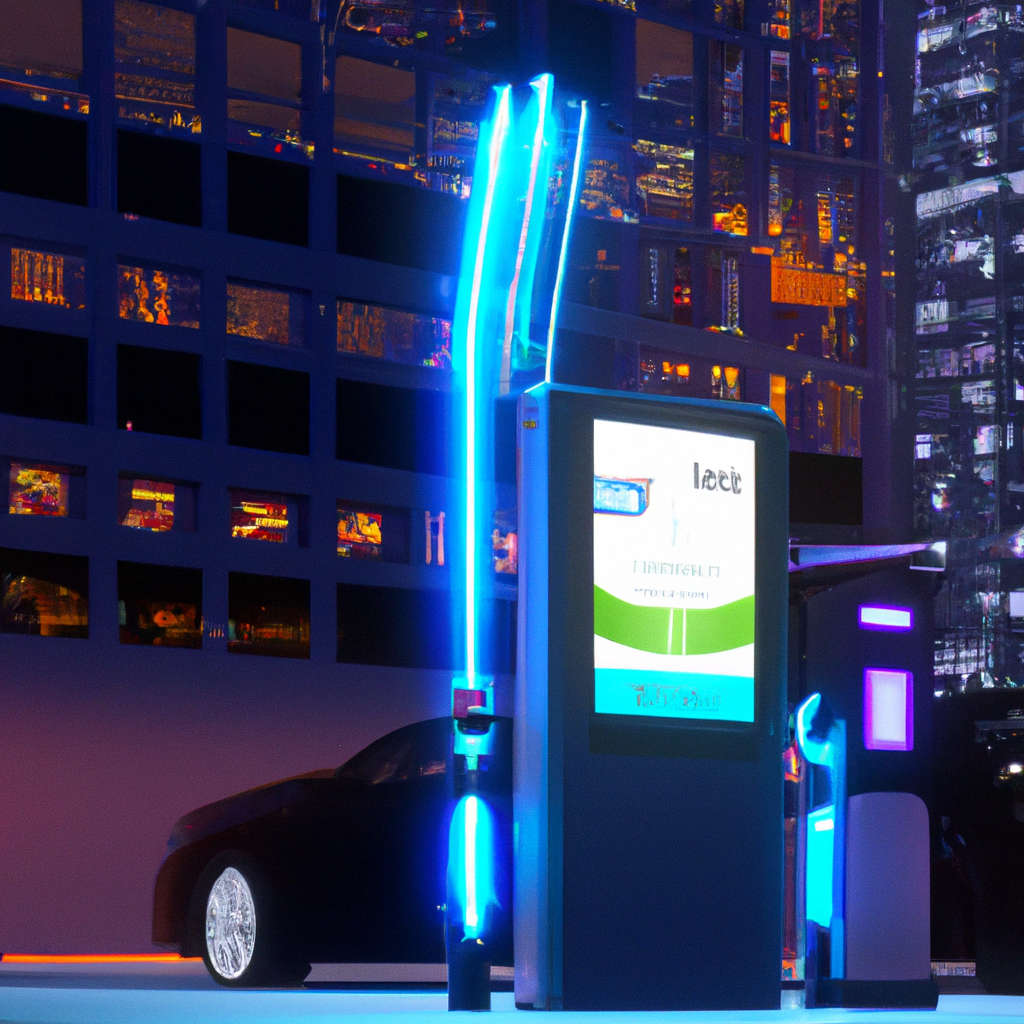What Are The Safety Standards For EV Charger Installations In Malaysia?
October 24, 2023 | by Jacob Kang
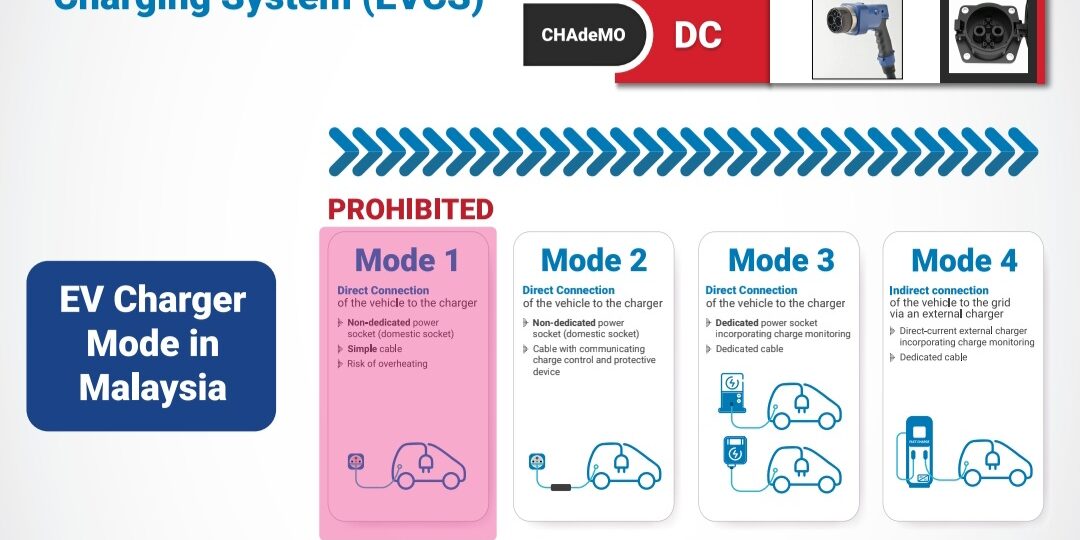
Curious about the safety standards for EV charger installations in Malaysia? In this article, we’ll explore the ins and outs of ensuring a secure and reliable charging infrastructure for electric vehicles. We’ll dive into the specific regulations and guidelines that govern EV charger installations, breaking down the necessary safety measures to keep in mind. So whether you’re an EV enthusiast or simply interested in the growing trend of electric vehicles, read on to discover how Malaysia is paving the way for a safer and more sustainable future of transportation.
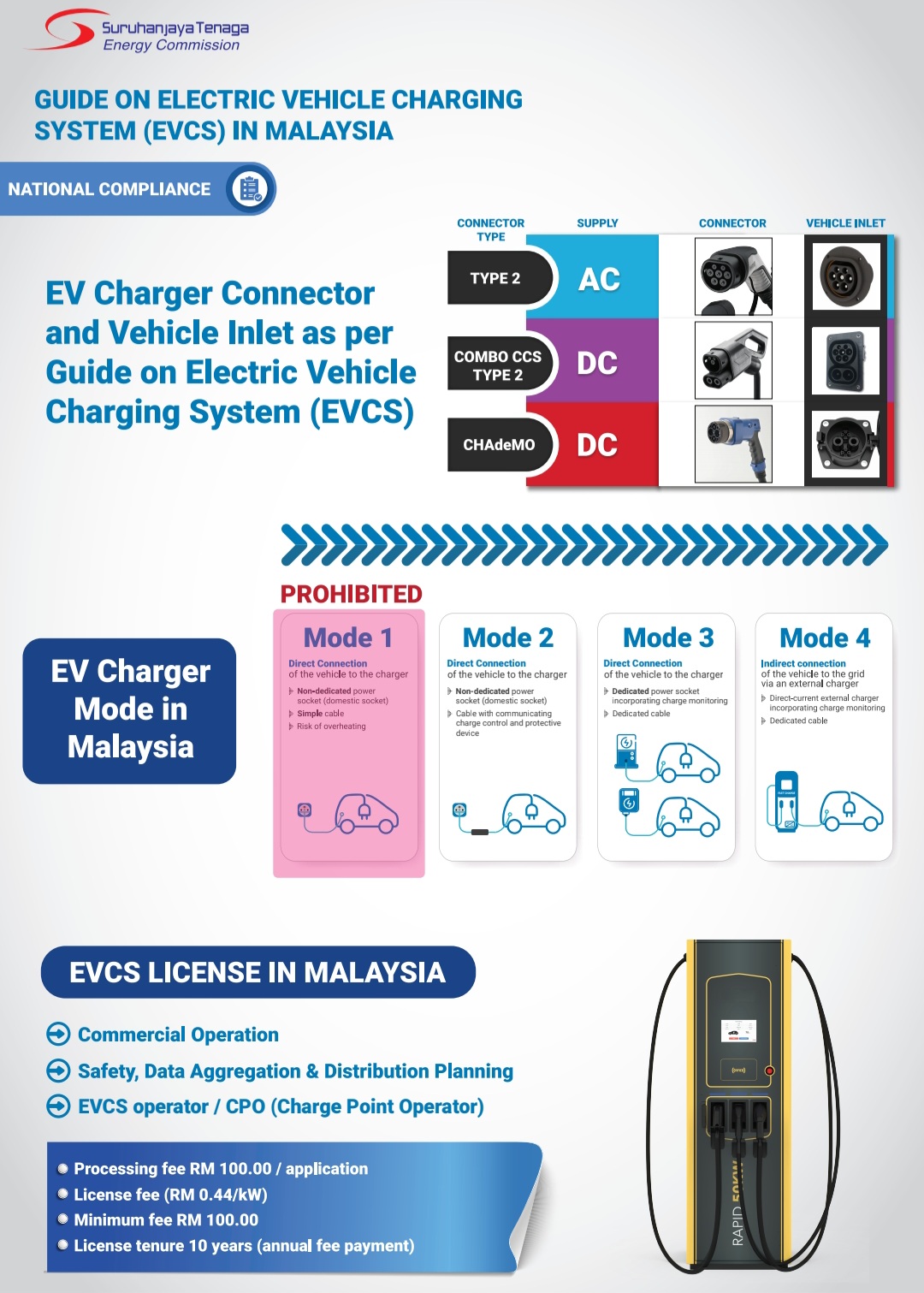
Overview of EV Charger Installations in Malaysia
In recent years, the adoption of electric vehicles (EVs) has been on the rise in Malaysia. As more and more individuals and businesses switch to electric cars, the need for proper EV charger installations is becoming increasingly important. EV charger installations involve not only the installation of the charging equipment but also ensuring the safety of the electrical connections, compliance with regulations and guidelines, environmental considerations, and the implementation of safety features. This article will provide a comprehensive overview of the safety standards for EV charger installations in Malaysia and emphasize the significance of adhering to these standards.
Importance of Safety Standards
When it comes to EV charger installations, safety should be the utmost priority. The integration of electric vehicles into our daily lives brings about the need to ensure the safety of both the users and the surrounding environment. Safety standards help to minimize the risks of electrical hazards, fire outbreaks, and incidents that could jeopardize the well-being of individuals and property. By following the prescribed safety standards, proper installation practices can be upheld, minimizing the likelihood of accidents and ensuring the reliable and efficient functioning of EV charging systems. In Malaysia, adherence to safety standards is crucial to promote the wider adoption of EVs and create a safe and sustainable charging infrastructure throughout the country.
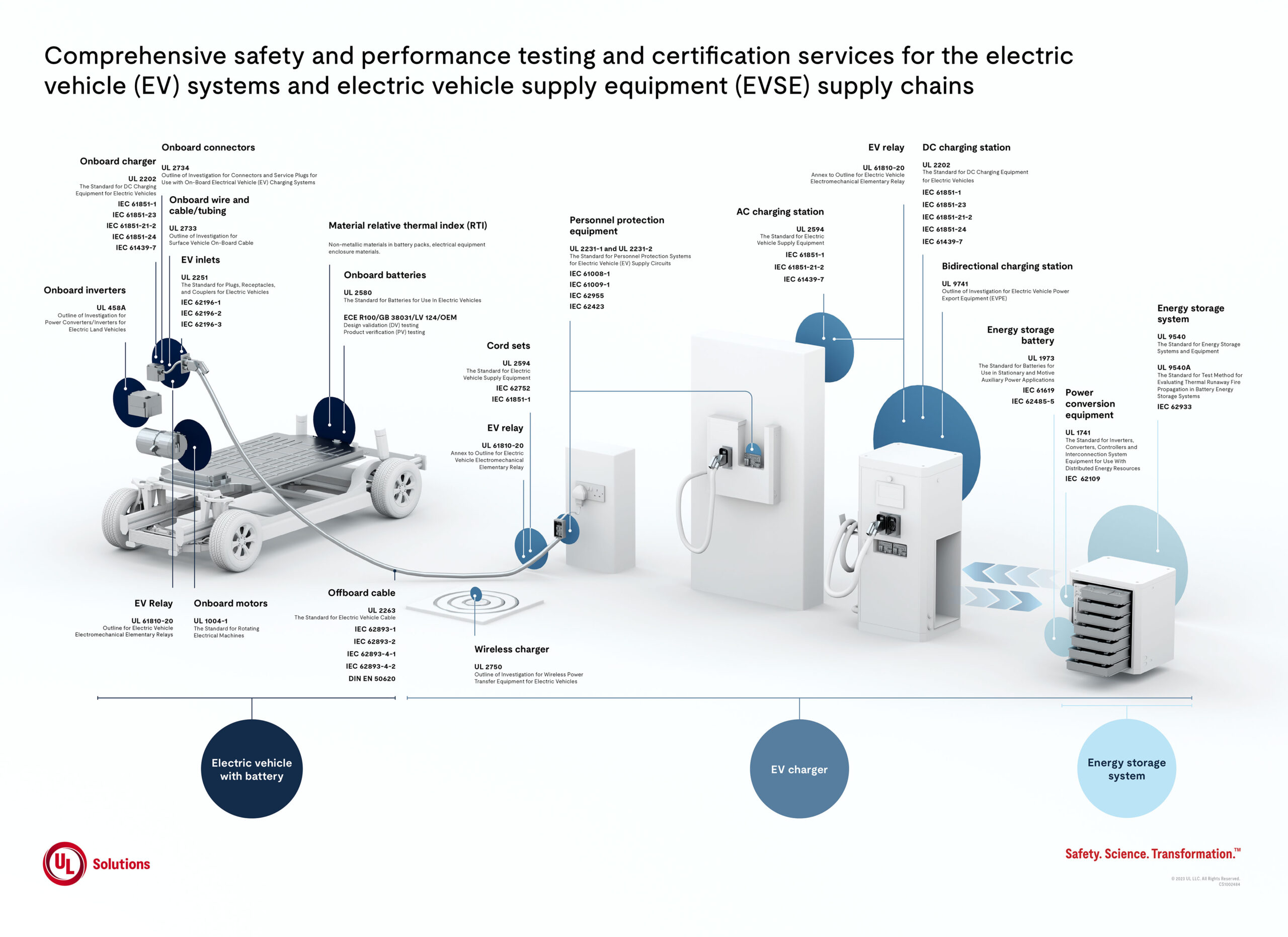
1. Regulations and Guidelines for EV Charger Installations
1.1. Standards and Regulations
In Malaysia, EV charger installations are regulated by various standards and regulations to ensure uniformity, efficiency, and safety. The Malaysian Electrical Standards Committee (MESC) and Suruhanjaya Tenaga (ST) have developed and implemented standards such as MS IEC 62196-2, which specifies the requirements for EV connectors and charging cables, and MS IEC 61851-1, which outlines the general charging requirements for EVs. These standards provide guidance on the technical aspects of EV charger installations, including electrical safety, charging capacity, and communication protocols.
1.2. Guidelines for Safe Installation
To complement the regulations and standards, guidelines have been established to provide clearer instructions on the safe installation of EV chargers. The Energy Commission has published guidelines that cover various aspects of the installation process, including site selection, electrical design, and equipment requirements. These guidelines ensure that the installations are carried out in a manner that prioritizes safety and minimizes potential risks.
2. Electrical Safety Requirements
To ensure the electrical safety of EV charger installations, several requirements must be met.
2.1. Electrical Wiring and Connections
Proper electrical wiring and connections are critical to the safe functioning of EV chargers. The installation should comply with relevant wiring rules and regulations to prevent electrical faults and minimize the risk of fires caused by overheating or short circuits. Adequate conductor sizing, appropriate insulation, and secure connections are essential to maintain the integrity of the electrical system.
2.2. Grounding and Bonding
Effective grounding and bonding are essential to protect against electrical shock and mitigate potential damage from lightning strikes or power surges. Proper grounding and bonding ensure the safe dissipation of electrical currents and reduce the risk of equipment failure or personal injury.
2.3. Overcurrent Protection
Overcurrent protection mechanisms such as fuses and circuit breakers play a crucial role in preventing electrical overloads and short circuits. These protective devices should be properly selected and installed to ensure they can promptly interrupt excessive currents and safeguard the charging equipment and electrical network.
2.4. Electrical Inspections
Regular electrical inspections are necessary to identify any potential hazards, detect faulty equipment or connections, and verify compliance with safety standards. Inspections should be carried out by qualified professionals to ensure the safety and reliability of the EV charging infrastructure.
2.5. Surge Protection Devices
Surge protection devices should be installed to safeguard against power surges and voltage spikes that may occur during lightning strikes or other electrical disturbances. These devices divert excess voltage away from the charging equipment, preventing damage or malfunctioning due to transient overvoltages.
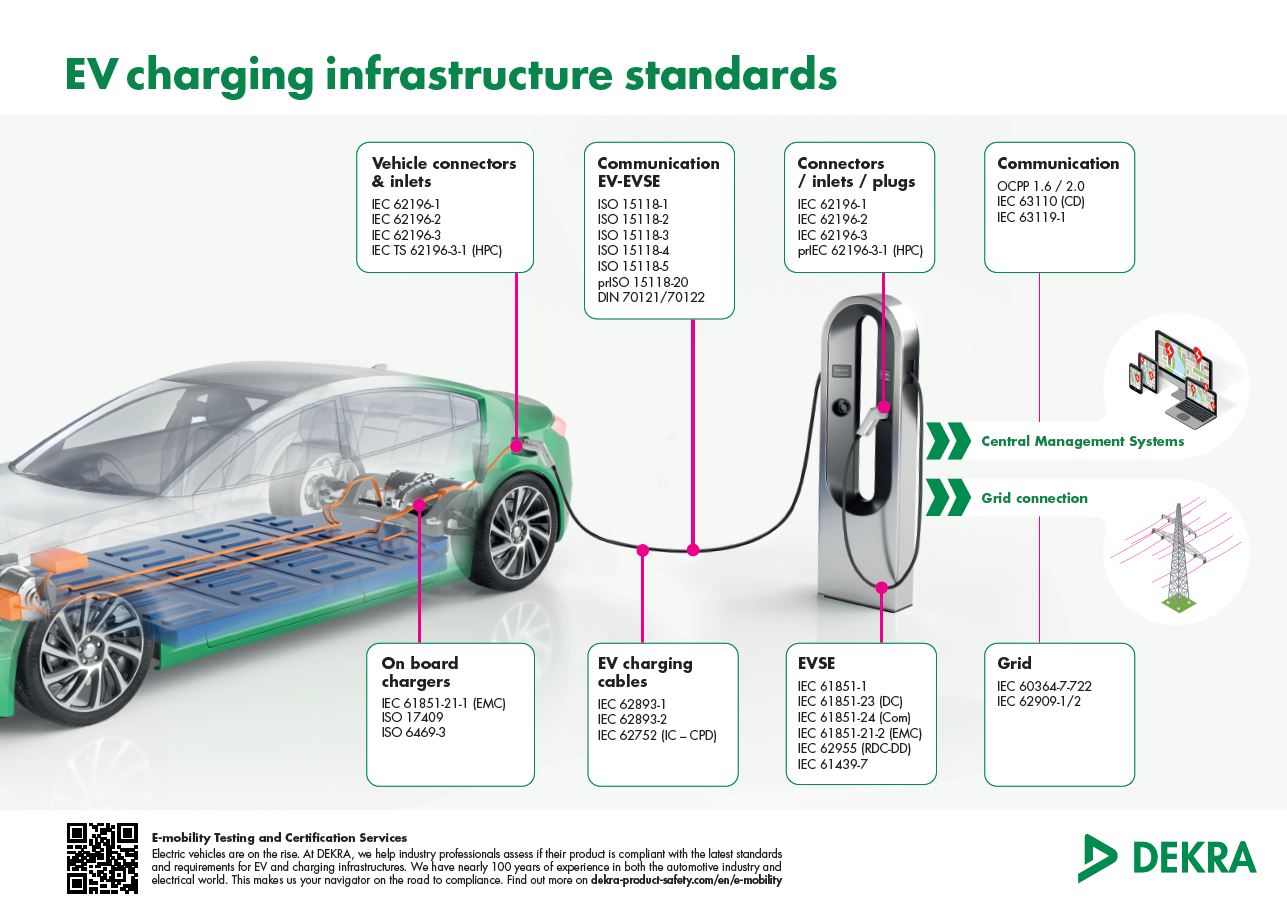
3. Environmental Considerations
When planning EV charger installations, several environmental factors should be taken into account to ensure the longevity and reliability of the charging infrastructure.
3.1. Outdoor Installations
Many EV chargers are installed in outdoor environments where they are exposed to various weather conditions. To protect against elements such as rain, dust, and sunlight, chargers should be installed in suitable enclosures or under covered structures. This helps to prevent water or dust ingress, which can lead to electrical malfunctions or pose a safety hazard.
3.2. Protection Against Rain, Dust, and Sunlight
Proper shielding and waterproofing measures should be employed to protect EV charging equipment from rain, dust, and sunlight. The use of weatherproof enclosures, cable glands, and properly sealed connections are essential to prevent water ingress and ensure the longevity of the chargers.
3.3. Temperature and Humidity Control
Maintaining proper temperature and humidity levels is crucial for the optimal performance of EV chargers. Extreme temperatures or high humidity can negatively impact the efficiency and lifespan of the charging equipment. Adequate insulation, ventilation, and climate control measures should be incorporated to prevent overheating or condensation-related issues.
4. Structural and Physical Requirements
The installation of EV chargers should take into consideration the structural and physical requirements to ensure user convenience, safety, and protection against vandalism or theft.
4.1. Mounting and Support
Proper mounting and support systems should be employed to securely attach the charging equipment to walls, pedestals, or other structures. This ensures stability and prevents any hazards resulting from loose or unstable charging stations.
4.2. Clearances and Accessibility
Sufficient clearance should be provided around the EV chargers to allow for safe operation, maintenance, and accessibility. Users should be able to connect and disconnect their vehicles easily without any obstructions, and technicians should have enough space to carry out inspections or repairs safely.
4.3. Protection Against Vandalism and Theft
Measures should be in place to protect EV chargers against vandalism, tampering, or theft. Enhanced security features, such as surveillance cameras, secure enclosures, or anti-tampering mechanisms, can deter potential perpetrators and safeguard the charging infrastructure.
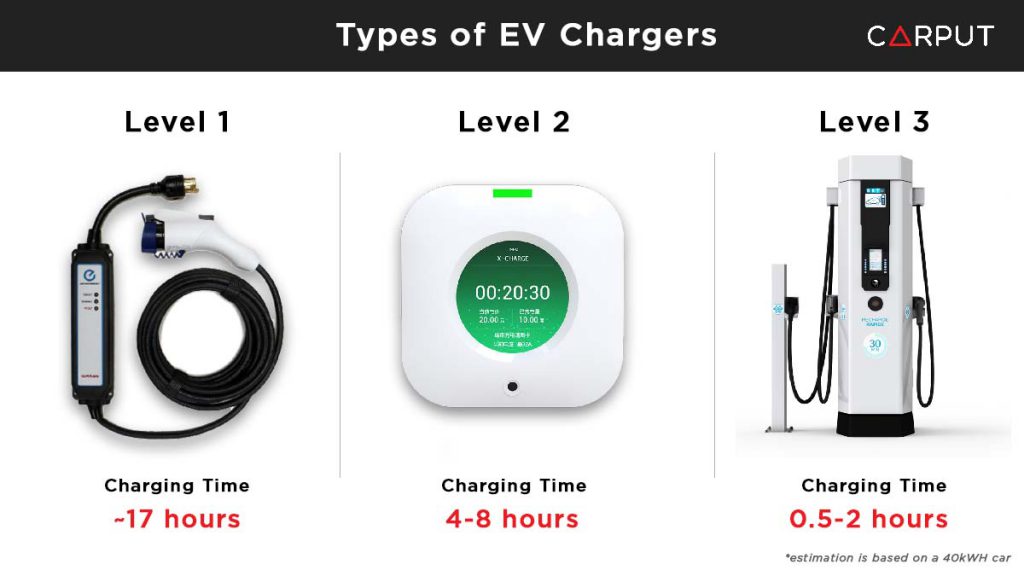
5. Safety Features of EV Chargers
To ensure the safe operation of EV chargers, they should be equipped with various safety features.
5.1. Overcurrent and Overvoltage Protection
EV chargers should have built-in safeguards to protect against overcurrent and overvoltage situations. These protections prevent equipment damage and electrical hazards by limiting excessive current or voltage levels.
5.2. Ground Fault Protection
Ground fault protection is crucial to detect and interrupt any leakage currents that may occur due to insulation faults or electric vehicle malfunctions. Ground fault circuit interrupters (GFCIs) should be installed to minimize the risk of electric shock and protect both the users and the charging equipment.
5.3. Temperature Monitoring and Control
EV chargers should be equipped with temperature monitoring and control mechanisms to prevent overheating. These features help maintain safe operating temperatures and protect against potential fire hazards or component failure.
5.4. Disconnecting Means
To ensure the safety of users and technicians, EV chargers should be equipped with a readily accessible disconnecting means. This allows the charging equipment to be swiftly and safely disconnected from the power supply in emergency situations or during maintenance and repair activities.
5.5. Hazard Labels and Warning Signs
Clear and prominent hazard labels and warning signs should be affixed to EV chargers, providing users with important safety instructions and alerts. These labels and signs should effectively communicate potential risks and precautions to ensure the safe and proper use of the charging equipment.
6. Installation by Certified Professionals
To ensure the highest level of safety and compliance with standards, EV chargers should be installed by certified electricians and contractors.
6.1. Certified Electricians and Contractors
Certified electricians and contractors possess the necessary knowledge, skills, and experience to carry out EV charger installations in a safe and professional manner. They are familiar with the relevant regulations, standards, and guidelines, ensuring that the installations meet the necessary safety requirements.
6.2. Training and Certification Programs
To promote the competence and expertise of professionals involved in EV charger installations, training and certification programs should be developed and implemented. These programs provide individuals with the necessary knowledge and skills to perform installations that adhere to safety standards, enhance the quality of workmanship, and contribute to the overall safety of the charging infrastructure.
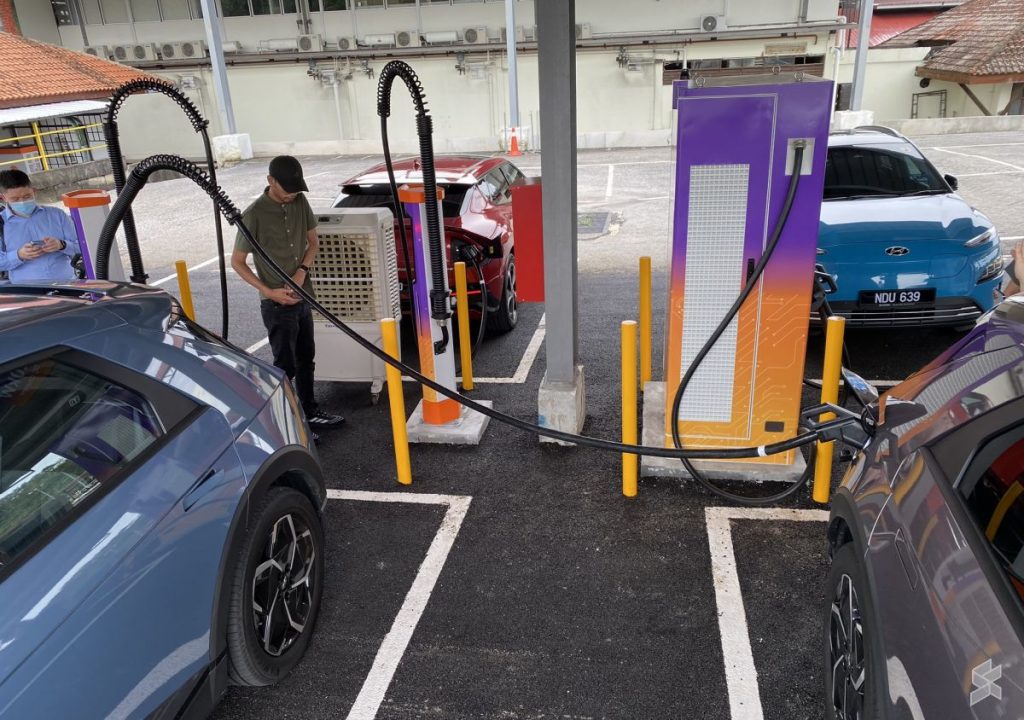
7. Testing and Certification of EV Chargers
To guarantee the quality and safety of EV chargers, thorough testing and certification procedures should be conducted.
7.1. Testing Procedures
EV chargers should undergo rigorous testing procedures to evaluate their compliance with safety standards and performance requirements. These tests assess various aspects, including electrical safety, charging capacity, communication protocols, and compatibility with electric vehicles.
7.2. Certification Bodies
Certification bodies play a crucial role in assessing the safety and compliance of EV chargers. These independent organizations evaluate the test results and issue certification documents, affirming that the charging equipment meets the necessary safety standards and performance criteria.
7.3. Compliance with International Standards
In addition to local regulations and standards, it is essential for EV chargers to comply with international standards. Compliance with international standards ensures that the charging equipment is compatible with global EV technology and facilitates interoperability, allowing EV owners to utilize chargers from different manufacturers and regions.
Conclusion
The safety standards for EV charger installations in Malaysia are of paramount importance to ensure the reliable, efficient, and safe operation of the charging infrastructure. Adherence to regulations, guidelines, and proper installation practices reduces the risk of electrical hazards, fire outbreaks, and accidents. Considerations such as electrical safety requirements, environmental factors, structural and physical requirements, safety features, professional installations, and testing and certification help establish a robust and secure EV charging ecosystem. By prioritizing safety standards, Malaysia can encourage the wider adoption of electric vehicles and create a sustainable and future-proof charging infrastructure.
RELATED POSTS
View all


